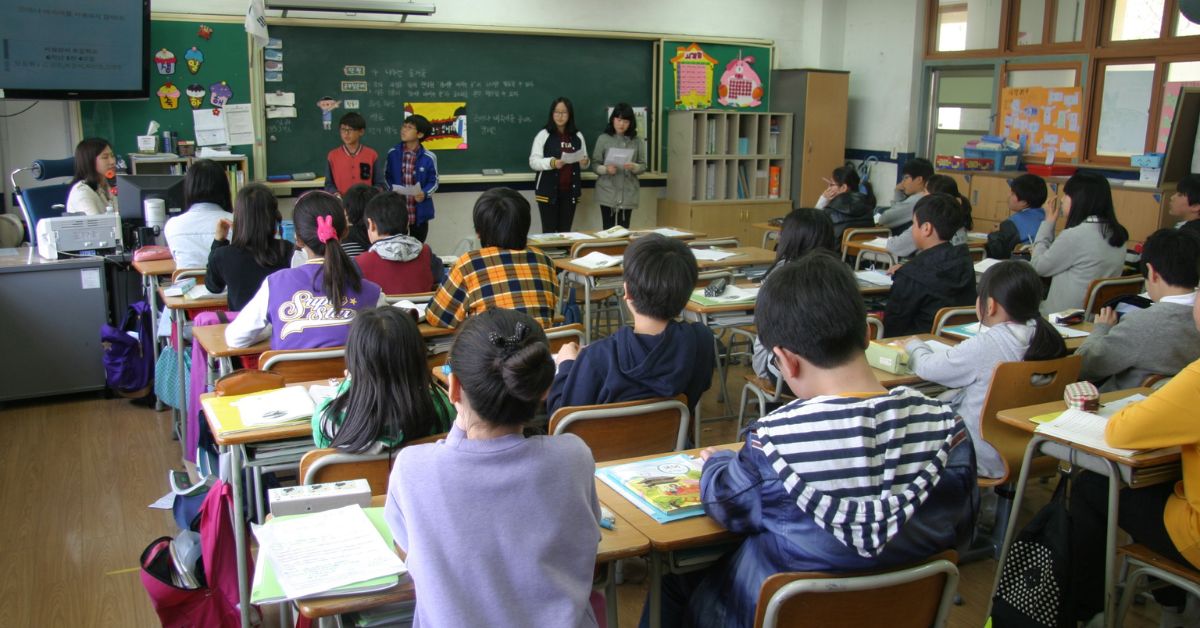While the national conversation around education is often filled with debates about test scores, budgets, and technology, Vermont’s teachers are charting a different course. Slowly, quietly, and with deep intention, they are reshaping what school means—not just as a place to learn, but as a place to grow, belong, and thrive.
This quiet revolution isn’t about flashy innovations or million-dollar programs. It’s about something more human: connection, care, and creativity. And it’s changing lives.
The Teacher as Community Anchor
In Vermont, many teachers don’t just work in schools—they live in the same towns, shop at the same co-ops, and walk the same trails as their students’ families. This creates a bond of trust that’s hard to manufacture elsewhere. It also means teachers aren’t seen as outsiders—they’re neighbors, mentors, and sometimes even family friends.
That closeness has a powerful ripple effect. Teachers are more likely to notice when a student seems off, or when a family needs support. They’re also more likely to go the extra mile—because they feel connected to their students as people, not just pupils.
One principal put it this way: “Our teachers don’t just teach the curriculum. They teach the community.”
Smaller Classrooms, Bigger Connections
Vermont’s schools are often small, especially in rural areas. In some schools, classes have fewer than 15 students. While that presents challenges in terms of funding and resources, it also creates incredible opportunities.
Teachers have the time and space to know every student deeply. They can adapt lessons to individual learning styles, offer one-on-one support, and build trust with families. In larger systems, these personal touches can feel impossible. In Vermont, they’re the norm.
Because of these smaller, more intimate settings, learning is often collaborative, project-based, and hands-on. It’s not unusual to find students working in multi-age groups or exploring topics that connect directly to their lives—like building birdhouses, studying local ecosystems, or creating podcasts about their town’s history.
Learning Beyond the Walls
One of the most striking differences in Vermont’s teaching philosophy is how often students are learning outside the classroom.
Teachers lead nature walks to study science firsthand, encourage journaling under maple trees, and use outdoor experiences to teach everything from poetry to physics. It’s not just about getting fresh air—it’s about building curiosity, confidence, and a relationship with the environment.
Schools like the North Branch Nature Center in Montpelier or the Forest School movement in Brattleboro are proof that Vermont educators are serious about learning that’s rooted in place.
These experiences create students who aren’t just book-smart—they’re observant, grounded, and resilient.
Emotional Learning as Core Curriculum
While academic rigor matters in Vermont classrooms, emotional well-being is just as important. Teachers are leading the way in creating classrooms where feelings aren’t ignored—they’re honored.
Through social-emotional learning (SEL) programs, mindfulness routines, and daily check-ins, students are encouraged to name their emotions, resolve conflicts peacefully, and support one another. Teachers often receive training in trauma-informed practices, making them more responsive to the hidden struggles many students carry.
These efforts aren’t loud or flashy. There’s no big announcement or PR campaign. But they’re making schools safer, more compassionate places to be.
And students notice
Teacher as Innovator, Not Just Instructor
Vermont’s educators aren’t bound to rigid lesson plans or standardized molds. They’re given trust—and with that trust, they innovate.
One teacher may create a community garden where students grow and donate vegetables. Another might invite local artists to help with a mural project. Some co-teach across subjects, blending science with storytelling or math with music.
These aren’t gimmicks—they’re real efforts to make learning relevant and meaningful. And because these projects are often homegrown and low-cost, they’re deeply tied to the community and its values.
This flexibility allows teachers to lead with their strengths and passions. It’s no surprise that Vermont consistently ranks among the top states for teacher satisfaction.
Not a System—A Movement
No, Vermont doesn’t have the largest school districts or the biggest education budget. But maybe that’s the point.
What’s happening in Vermont is less about system overhaul and more about a shift in mindset. It’s a slow, steady commitment to student-first learning. A belief that teachers, when given the chance, can be culture-shapers—not just curriculum-deliverers.
And while it’s happening quietly, its impact could be loud and lasting.








